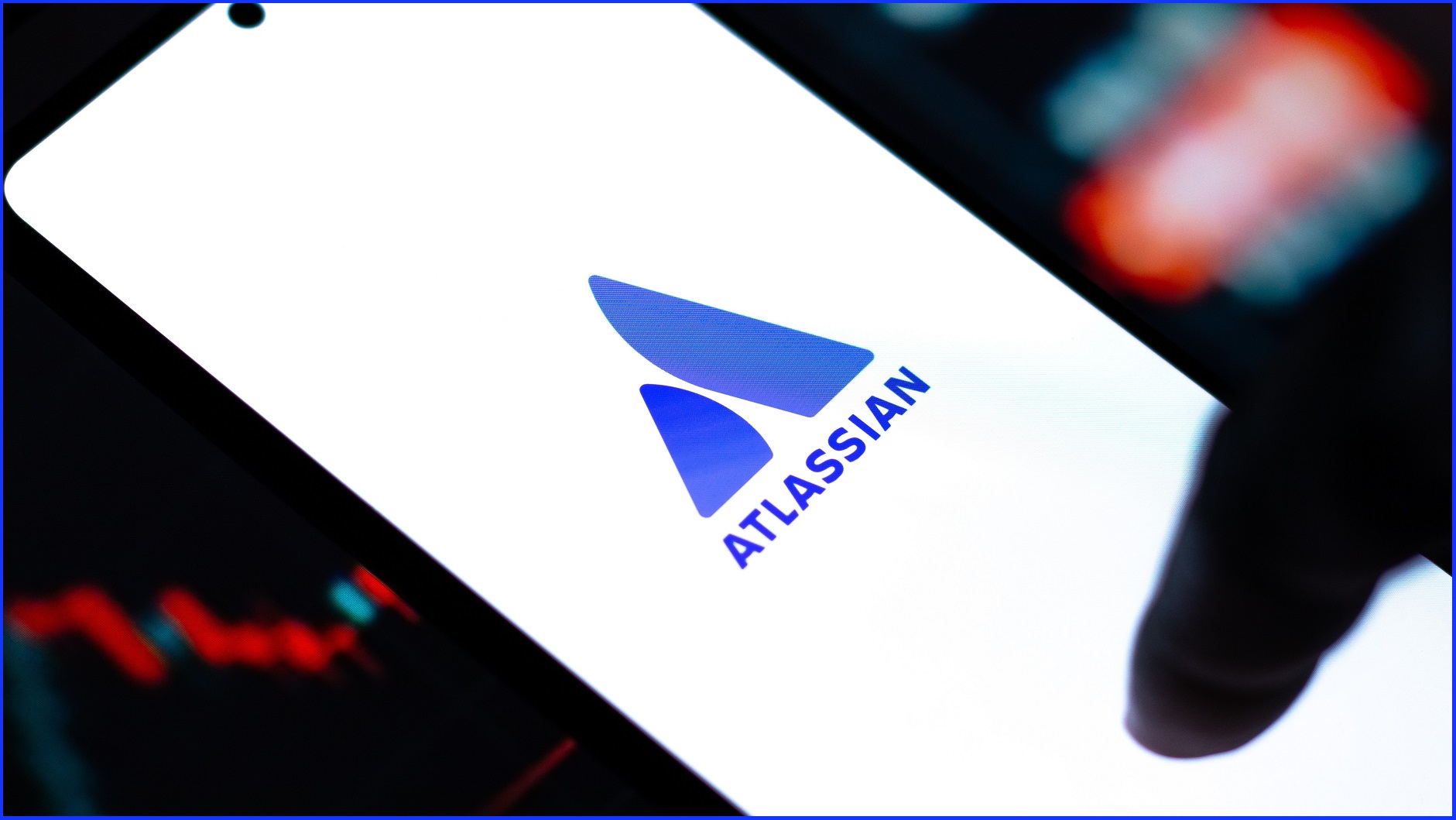Australian workplace software giant Atlassian is spending $1.5 billion (US$975 million) to acquire seven-year-old US video messaging startup Loom.
The deal represents around two per cent of Atlassian’s current market capital of around $75 billion (US$48 billion) on the tech-heavy NASDAQ.
But it’s also something of a bargain, with the price less than two-thirds of Loom’s peak valuation of 2.4 billion (US$1.5 billion) in May 2021 following a US$130m Series C led by Andreessen Horowitz’s a16z.
The acquisition also provides an exit for VC backers including ICONIQ Growth, Kleiner Perkins, Sequoia, Coatue, and General Catalyst.
The terms of the deal include around $1.4 billion (US$880 million) in cash, and the remainder in Atlassian equity awards, subject to continued vesting provisions.
It’s expected to close in the third quarter of Atlassian’s FY24, subject to customary closing conditions and regulatory approval.
It’s a remarkable turnaround for Loom’s founders too, who in 2016, were just a fortnight away from shutting down after their first iteration of their idea failed to fire and a pivot delivered success.
Last year, the company cut its workforce by 14 per cent amid broader job losses in tech, even though CEO and cofounder Joe Thomas said Loom’s core engagement metrics continue to grow by 50 to 60 per cent a year.
Loom provides asynchronous (async) video – not live and real-time – for work communications, with users recording almost 5 million videos a month, with more than 25 million users and 200,000 customers.
They’re designed to be shareable, recorded on a computer, with transcripts in over 50 languages and AI features that write titles, summaries, chapters, and tasks, to share corporate knowledge.
Atlassian has been a Loom customer with co-CEO Mike Cannon-Brookes saying async video is the next evolution of team collaboration and will help increase the company’s product offerings and let customers to communicate and collaborate more effectively.
“Teaming up with Loom helps distributed teams communicate in deeply human ways,” he said.
Atlassian customers will be able to transition between video, transcripts, summaries, documents, and the workflows developed from them, while Loom’s users can plug async video directly into key workflows in Jira and systems of record in Confluence.
Loom’s Joe Thomas said they’re excited to weave video into collaboration.
“Loom’s vision is to empower everyone at work to communicate more effectively wherever they are, and by joining Atlassian, we can accelerate their mission to unleash the potential of every team,” he said.
Confluence hack
The acquisition comes just days after a major security vulnerability in Atlassian Confluence platform was revealed.
Microsoft believes a “nation-state threat actor” linked to the Chinese government exploited security flaw in Atlassian’s Confluence software to hack into customer systems anonymously and remotely.
Atlassian did not name China in warning customers about the problem on Wednesday, telling them the company has “evidence to suggest that a known nation-state actor” is actively exploiting the critical vulnerability.
The problem is a “zero-day” vulnerability, which means it can’t be detected until it’s exploited. It was used to create administrator accounts inside Confluence.
Microsoft believes the hack may have started as far back as 14 September. Atlassian first reported the problem on 4 October.
In a statement to Startup Daily, an Atlassian spokesperson said there was an ongoing investigation into what’s happened, and they “encourage customers to share evidence of compromise” to support it.
“Our priority is the security of our customers’ instances during this Critical vulnerability, and we are collaborating with industry-leading threat intelligence partners, such as Microsoft, to obtain additional information that may assist customers with responding to the vulnerability,” the spokesperson said.
This story first appeared on Startup Daily. You can read the original here.










